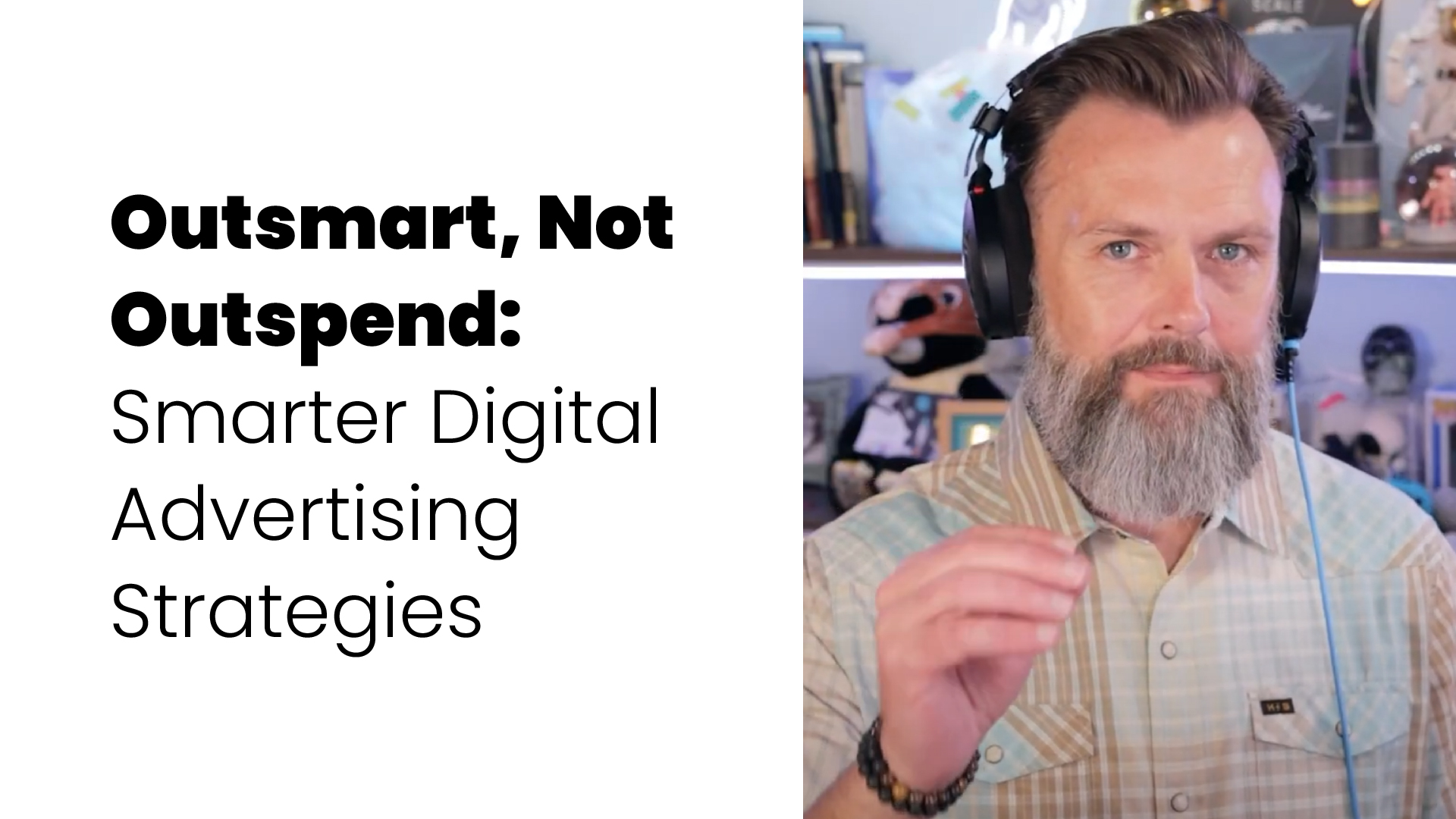All Those Logos - Logo File Types and Their Uses


“Congratulations on your beautiful new brand design! Here is a Google Drive link to 724 different logo variations for you!” <insert panic face emoji here>
Okay, that may be a bit of an exaggeration, but seriously, what are you supposed to do with all those logo file types and their uses?
The very last step in our branding process is to create every possible logo variation that we think we (or our client) will ever need and export them to a single folder where they can be easily found and easily shared. This is the signal that the client’s branding project has been officially wrapped up. Of course, we let our clients know what it is and what it’s for, but for anyone who is not familiar with common file types, it can be a lot of information to take in. And, who is going to remember all of this information two months later when they’re ready to order shirts, anyway? No one, that’s who.
So, for all of you who wonder what to do with all those logos, here is a breakdown of what we’ve provided for you and how you can use each one.

Logo Variations
When we create a brand, we start with a single main logo, which is typically a full color or multi-color logo. But, because not every application will allow for full color, we also create a two-color version and a single color version in each color or color combination of brand colors, plus a solid black and a solid white version. (So, if you’ve got 3 brand colors, you’re now up to 9 versions.) If the main logo is vertically oriented, we also provide a horizontal friendly version (or visa-versa) which gives designers more flexibility in how and where they can use your logo. (Multiply those 9 versions by 2, for 18 logo versions now.)
Logo File Types
With a snazzy new brand that you love, you’re going to want to plaster it everywhere- t-shirts, flyers, social posts, your website, window decals, temporary tattoos… How do you know what logo to send to who?

We provide 3 different file types of each logo variation to our clients.
JPG files
JPG files are easily recognizable by the .jpg or .jpeg extension at the end of the file name (Windows users will see .jpg and Mac users will see .jpeg). JPG files are similar to that of a picture that you might email to a friend. JPG files allow for the best compression (think vacuum storage bag) without loss of quality, so you can have an image that is small enough to attach to an email, but still large enough to print clearly on a banner. JPG files can be used for any print material like flyers, banners, business cards, or digitally on websites, email signatures, or social media. However, JPG files are “flat” so color, etc cannot be easily changed and they can NOT be transparent, so you are stuck with the background you have (in our case, usually white).
PNG
PNG files are identifiable by the .png extension at the end of the file name. PNG files are compressed differently than a JPG file, so their file size will usually be larger. However, PNG files CAN be transparent, so they can be seamlessly placed over any colored background or a background photo image. PNG files can be used in almost any application the JPG files can be used, except for being uploaded directly to social media (the transparent background will usually not translate well). They are most often used for web design, and for customizing social images (place them over a photo so they have a background before uploading).
Vector PDF
You guessed it, PDF files have a .pdf extension at the end of the file name. A vector PDF is a PDF file that has been exported to include the geometric properties of the images within it; the points, the lines, and the curves. Basically, a vector PDF is a “live” file that can be easily edited and resized with design software while retaining its original quality. And because they can be resized while retaining quality, they can be saved quite small to help minimize file size, making them fairly email friendly as well. Typically, a vector PDF is needed when printing or creating anything that is extra-large (like large banners or outdoor signs) or anything that requires the outline of the image to be followed (like a vinyl cut-out or an embroidered shirt). One important note is that not all PDF files are vector PDFs. Depending on how they are saved, they can be “flat” just like a JPG.
So, with 3 different file types for 18 different logo versions, we’re now up to 54 different logos. Except, technically, the white versions on a white background and saved as a JPG would just be solid white, so we actually only have 52, but that’s still a lot to choose from.
The majority of your logo variations are there to help streamline our internal needs. If we need a blue logo for your website, it’s already there. If we need a color JPG for a Google Ad, it’s already there. However, there are a few that you, as the client, will likely find useful:
Printing When in doubt, send PDF files. Unless someone specifically requests a JPG or PNG file from you, you can send a PDF and they will most likely be able to use it for what they need. This is not true the other way around.
Both vertical and horizontal full-color PDF logos are perfect for flyers, signs, etc.
Both vertical and horizontal black PDF versions will be useful for single color printing or embroidery on shirts, hats, mugs, etc. (Remember, PDFs are editable, so the color can be changed, they don’t have to print black.)
Digital
JPG and PNG files are more web-friendly than PDFs.
Both vertical and horizontal full-color JPG logos are perfect for email signatures or for setting as your profile image on your Facebook and Instagram pages (although they may need to have some space added around the edges so the logo doesn’t get cut off).
Both vertical and horizontal full color, white, or black PNG versions are ideal for overlaying on images to customize them to your brand before sharing on social platforms.

Now that you’re armed will all sorts of new information, hopefully, you feel a little more confident double-clicking that Google Drive link and seeing all those logos. If you don’t have a folder full of logos at all, but would really like one, along with a beautiful new brand, we’d love to create one with you! And, if you ever have a question about what to send to whom, we are here to help!
Read more about file types here.
Get started today!
Schedule your Intro Call with our team.



